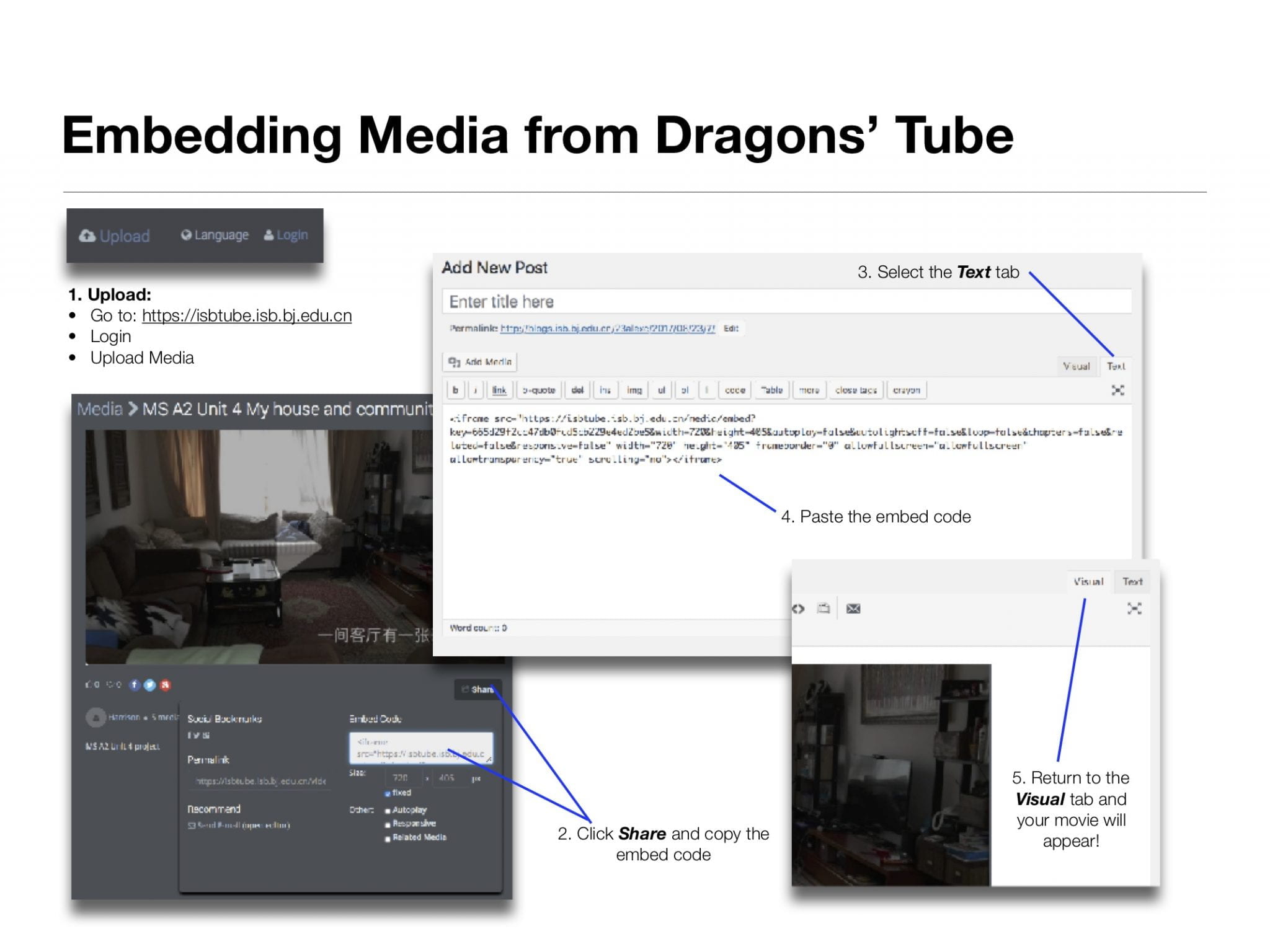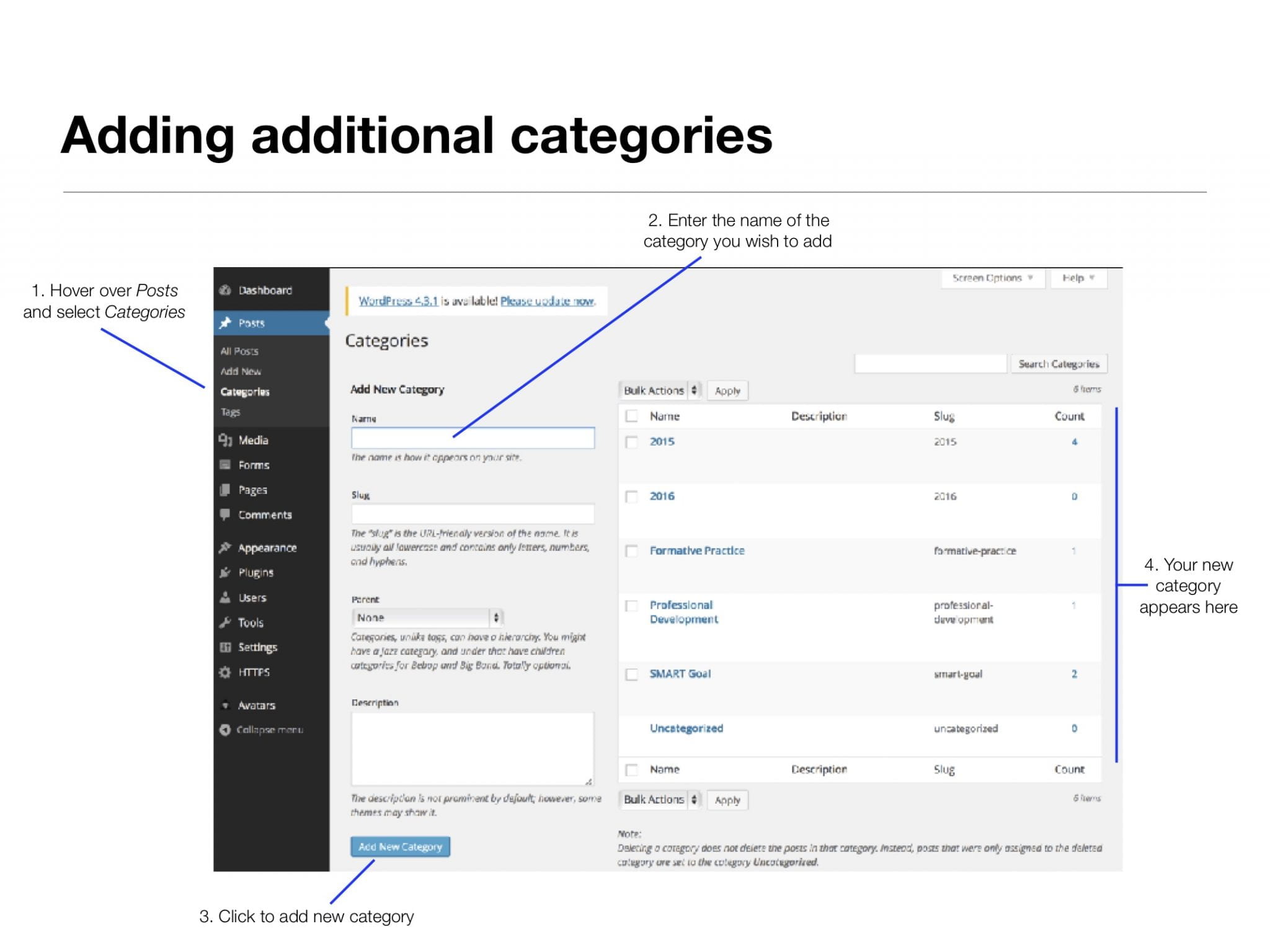Blog Post Reflection


Why is engineering important?
Engineering is important because we will know how to build things and we will have a clearer mind of what we are doing than just thinking about it.
What was your challenge?
Our challenge was putting the pipe cleaners and cloth inside the cup, because the space wasn’t very big, and it was hard to cut on the cup. We had to find a special kind o knife to cut the round side of the cup.
Why did you choose that design?
Our group chose that because it was creative, and it included much effort. It was also different from other people’s apparatus.
How does it work?
Our apparatus was mostly filtering water. We first used a mesh to keep out the rocks and dirt, we then weaved pipe cleaners to absorb and filter the dirty things (more dirt, rock, etc.) Our last layer was the cloth. We didn’t really have the chance to think about how to keep the cloth in place, so we just stuffed it on a cut of the cup, but there were gaps between the cloth and cup, so the water went through the gap instead of the cloth.
Was your design successful?
Not really, the water got through the filtering quickly, and the cloth didn’t really help a lot, so the water ended up being brownish and opaque. We still did a great job to keep the rocks and dirt out,
How might you change your apparatus if had the opportunity? (If no redesign)
I would add cotton, even though it might absorb most of the water, It can also absorb the bacteria since cottons are clean materials.
Save on your desktop when finished. We will post it in your blog next week.







